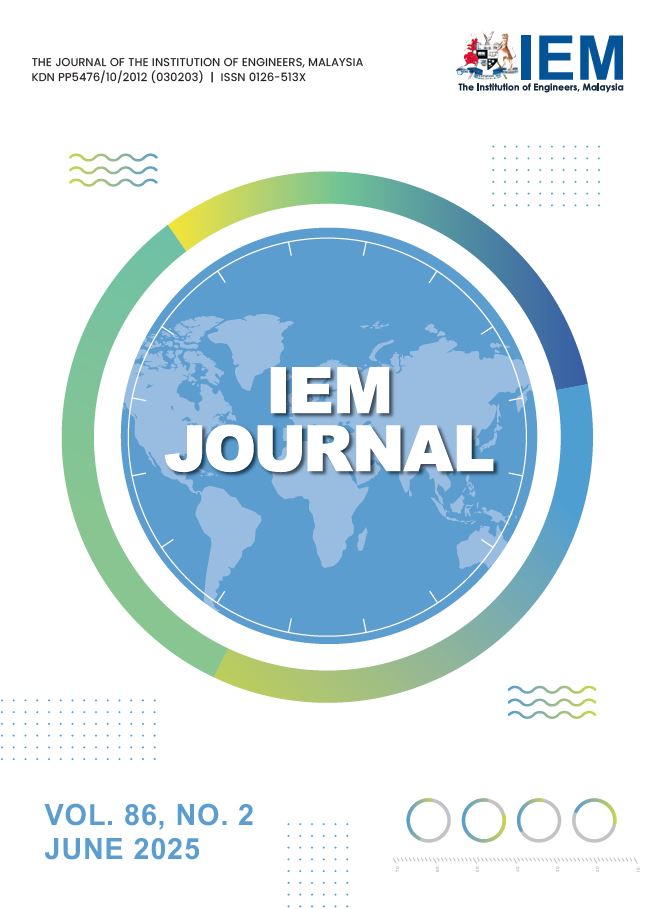A Comparative Study on the Separation of Azeotropic Methanol and Acetonitrile Mixtures via Extractive Distillation Using Conventional Solvents and Imidazolium-based Ionic Liquids as Entrainers
DOI:
https://doi.org/10.54552/v86i2.265Keywords:
Extractive distillation; Ionic liquids; Methanol; Acetonitrile; SimulationAbstract
In this work, a comparative study of extractive distillation using imidazolium-based ionic liquids and conventional solvents as entrainer for the separation of methanol and acetonitrile is conducted. Methanol and acetonitrile form a minimum boiling homogenous azeotropic mixture containing 81% of methanol at 336.7 K. The ionic liquids selected as entrainers are 1-ethyl-3-methylimidazolium bis(trifluoromethylsulfonyl)-imide [EMIM][BTI], 1-butyl-3-methylimidazolium bis(trifluoromethylsulfonyl)-imide [BMIM][TFSI], 1-butyl-3-methylimidazolium acetate [BMIM][OAc], respectively. The simulation results show that the application of ionic liquid as the entrainer is more effective in eliminating the azeotropic point of methanol and acetonitrile as compared to the conventional solvents under the same specifications for the extractive distillation column and solvent recovery column. A case study on the solvent feed conditions is conducted for both columns to determine the optimum operating temperature and pressure for the extractive distillation column. The results obtained from simulation and case studies corroborate the feasibility on utilising ionic liquids as the entrainer to separate methanol and acetonitrile.







